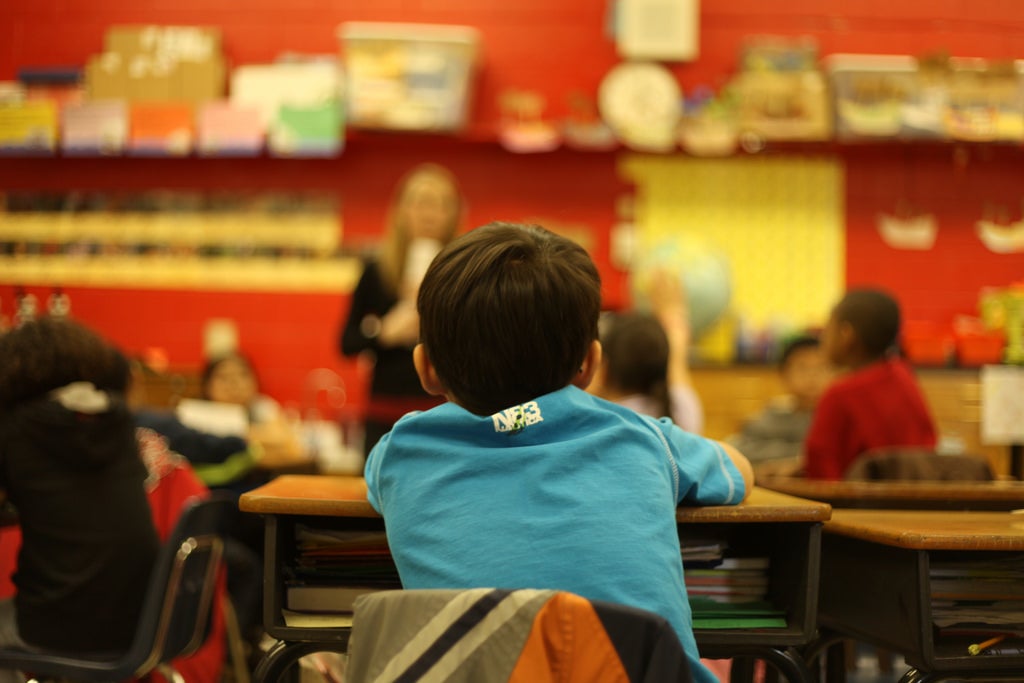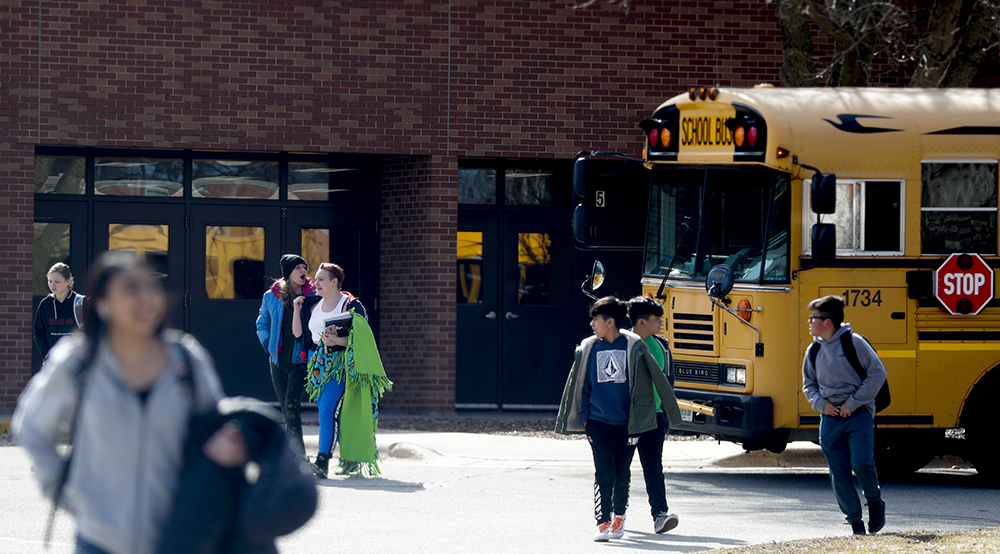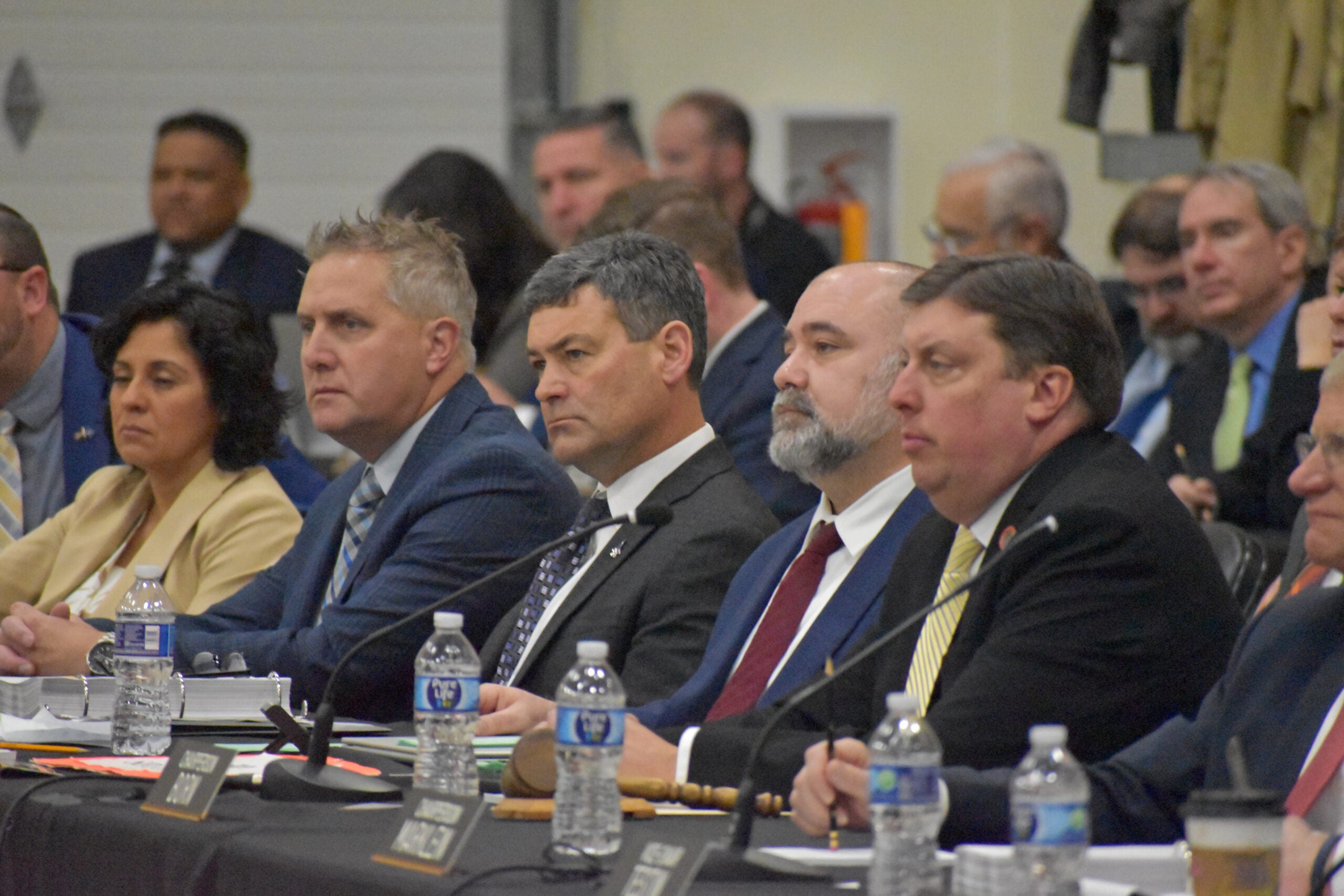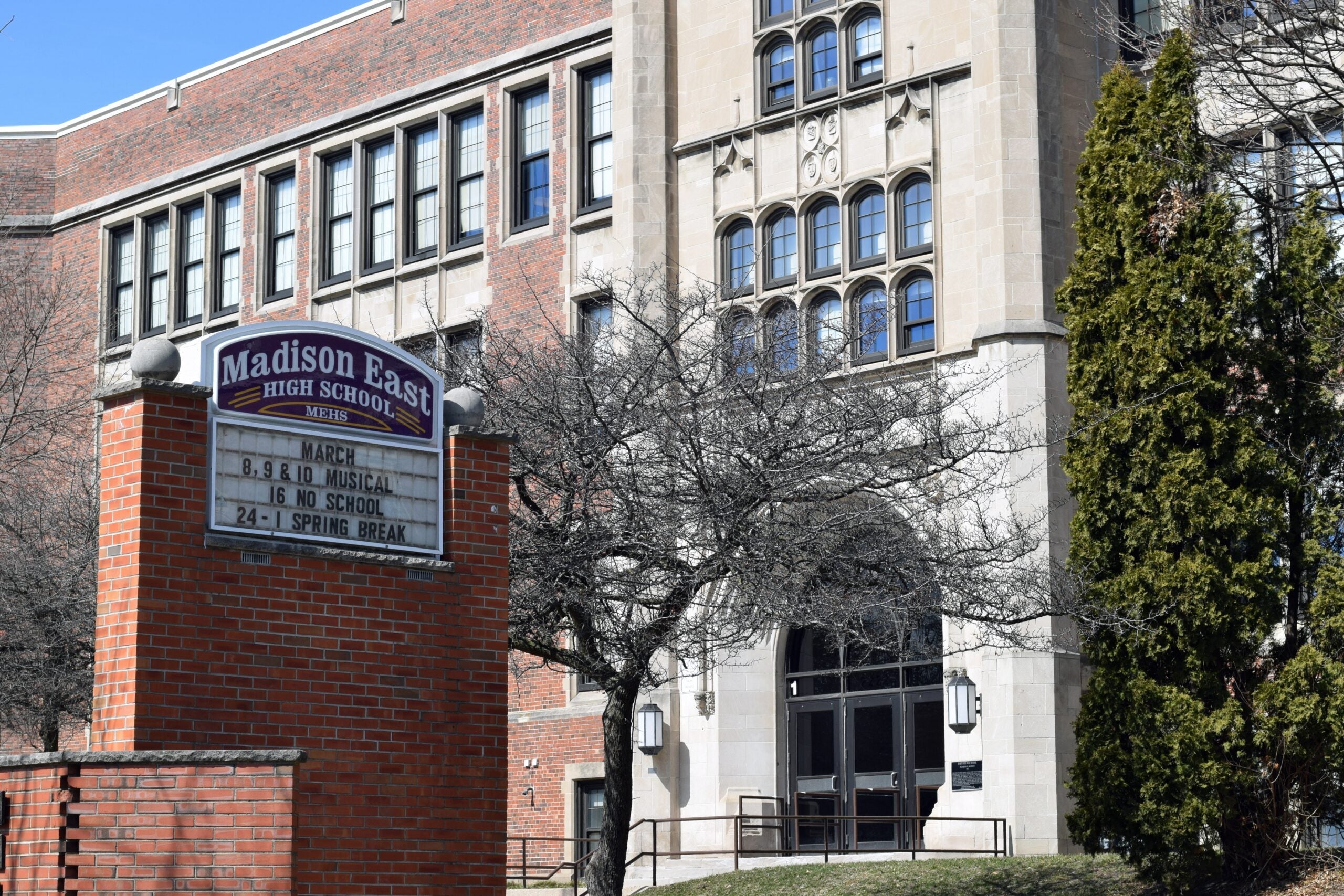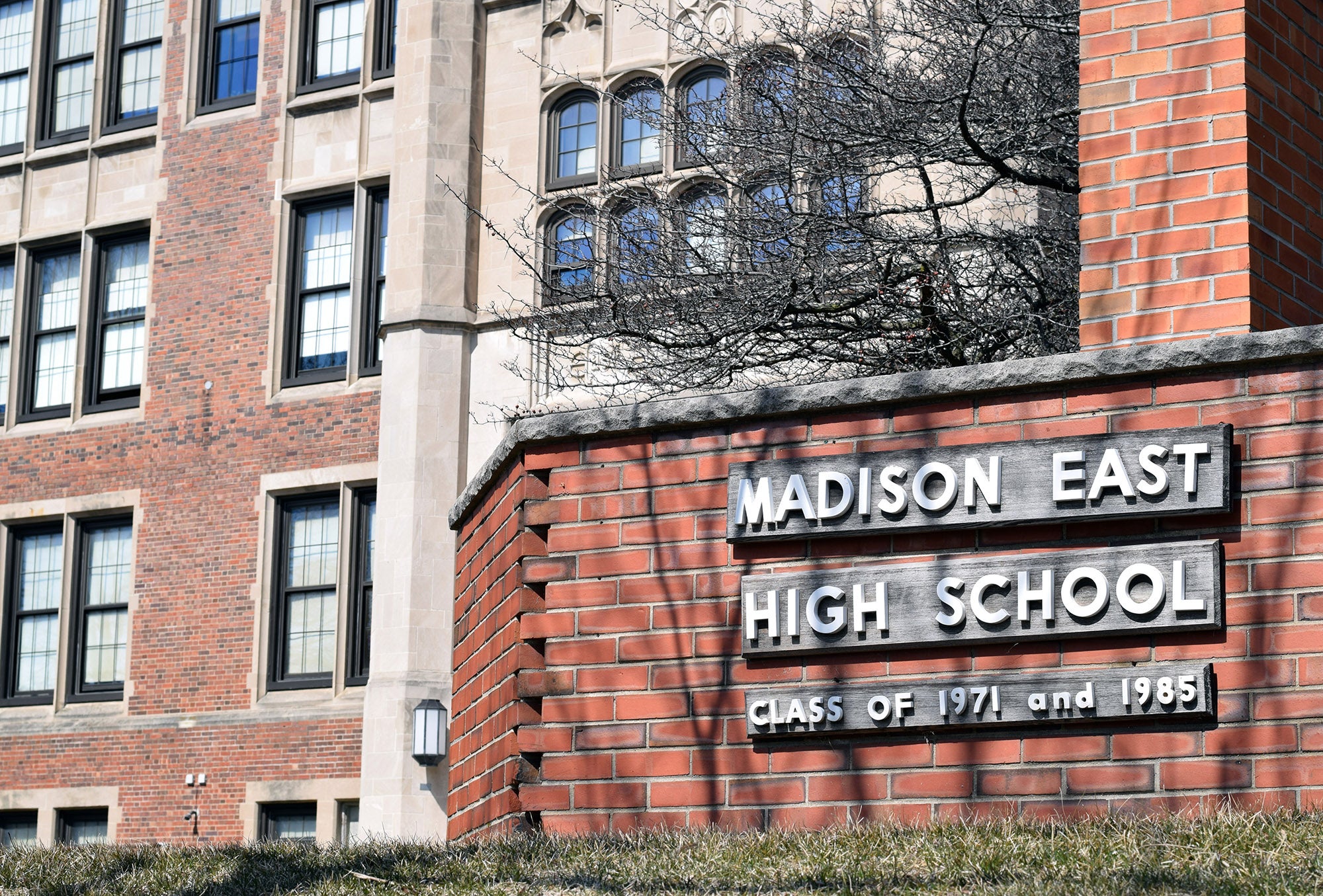The state Assembly voted Tuesday to approve Gov. Scott Walker’s plan to allow low-spending school districts to raise property taxes without voter approval.
Under the bill, school districts that spend less than $9,400 per student would be able to raise property taxes without asking for voters’ permission first.
“This is not about dollars and cents to me,” said Rep. John Nygren, R-Marinette, the bill’s sponsor. “This is about the students in our schools today having the same opportunity regardless of whether you’re from the most northern part of our state, the most southeastern corner, the southwest — equal opportunity regardless of your zip code.”
Stay informed on the latest news
Sign up for WPR’s email newsletter.
The governor threw his support behind the plan last month after vetoing a similar proposal in the state budget.
To gain the governor’s support, lawmakers added a provision to the bill that would bar districts from raising their revenue limit if a referendum to approve such a move was rejected by the voters within the past three years.
Walker said that addition ensures necessary accountability to voters.
Some school administrators expressed concern about that element of the measure during public hearings, arguing it would unfairly penalize schools that have attempted and failed to get more revenue through referendums.
Since those hearings, lawmakers amended the bill to allow communities to hold a new referendum to would allow school districts to immediately raise their revenue limits, despite past failed referendums.
Democrats in the Capitol have pushed back on the bill as an election year ploy by their Republican colleagues.
During Tuesday’s debate, they argued GOP lawmakers haven’t done enough to support schools.
“I get that this is a little band-aid,” said Rep. Katrina Shankland, D-Stevens Point.
The plan would also increase aid for rural school districts across the state.
Under the bill, the state would also increase sparsity aid for rural districts by $6.4 million for the 2018-19 school year by bumping up per-pupil sparsity spending from $300 to $400.
School districts qualify for sparsity aid if they have 745 students or less and a population density of less than 10 students per square mile.
The bill now moves to the state Senate.
Wisconsin Public Radio, © Copyright 2025, Board of Regents of the University of Wisconsin System and Wisconsin Educational Communications Board.
